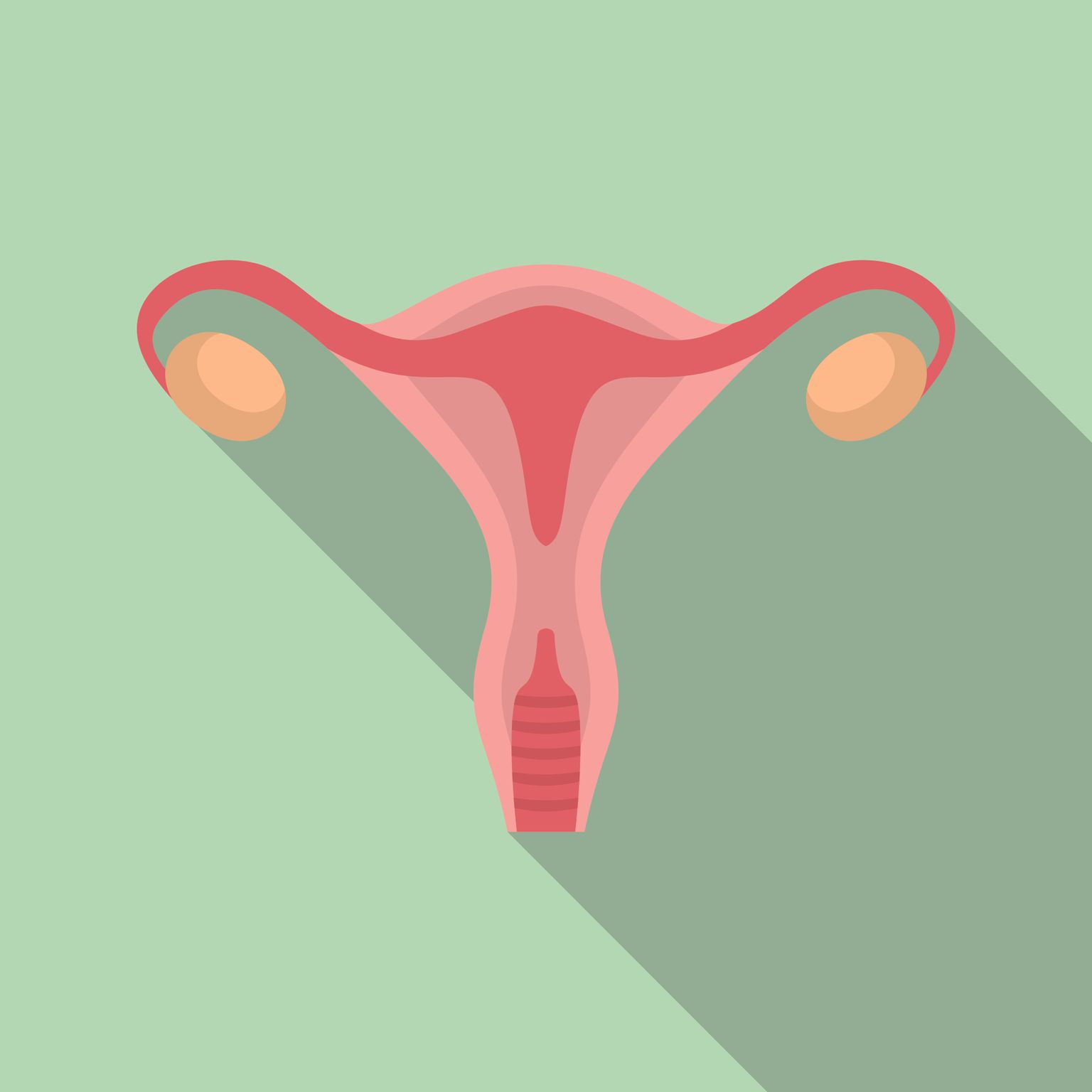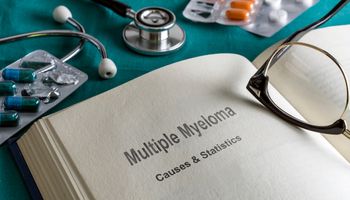Uterine Cancer Explained:
The uterus, also called the womb, is a muscular hollow organ. In shape it resembles an upside down pear and is divided as follows:
- Uterinecavity(Cavum uteri): inside the uterus with a flat interior.
- Body of the uterus (corpus uteri): The upper two-thirds of the uterus. In the uppermost part is the so-called dome (fundus uteri).
Uterinecancer, or uterine carcinoma (or corpus carcinoma), develops in the upper part of the uterus and is a malignant tumor of the uterine body. This develops almost exclusively from the endometrium, the mucous membrane inside the uterus, and not from the muscular layer, as is the case with many other types of cancer. Uterine cancer is considered the fourth most common cancer in women - with the average age of onset being around 68 years. Most diagnoses are made during the menopause, as changes occur in the mucous membrane during this time, whereby individual cells can change into cancer cells through mutation. The term endometrial carcinomais therefore also used in technical terminology.
Endometrial carcinoma usually manifests itself with bleeding - so-called postmenopausal bleeding. (Caution: conversely, only 5-10% of postmenopausal bleeding underlies uterine carcinoma). Currently, malignancies are diagnosed by transvaginal ultrasound, ambulatory hysteroscopy (i.e., procedures using a narrow telescope inside the womb), and endometrial biopsy. Due to technical failure or unbearable pain, up to 31% of women have to repeat the examination under general anaesthesia.
Non-invasive test:
In this context, it is particularly important to complete regular screening examinations so that a possible tumor can be detected and treated at an early stage. To facilitate early detection, new strategies are therefore urgently needed to enable curable hysterectomy (i.e. partial or total surgical removal of the uterus) in women with aggressive disease.
Currently, millions of women without endometrial cancer undergo these invasive tests each year, resulting in financial implications for healthcare providers and personal costs for women. Due to this, researchers have now created a simple, easy-to-administer, non-invasive test that can screen women with uterine cancer, while the majority of healthy women would have uncertainty removed by this testing.
The University of Manchesteranalysis, published in the journal Nature Communications, describes the non-invasive test, which can be collected by women from home. It involves diagnosing the carcinoma by taking a urine or vaginal sample under a microscope.
New study:
A total of 216 women participated in this study. 103 of them had known or suspected uterine carcinoma and 113 had unexplained postmenopausal bleeding. The mean age was 61 years and their BMI was 30 kg/m2. Women with endometrial cancer averaged 68.5 years, while the group with postmenopausal bleeding averaged 58 years.
Promising results:
In this, the new testing method was able to identify 91.7% of women with uterine cancer. The proportion without uterine cancer who tested negative with the new test was 88.9%.
According to the study, these results show that uterine cancer cells can be detected in urine and vaginal samples using a microscope. Accordingly, women who test positive can be referred for diagnostic analysis, while those who test negative would not require invasive surgery. Since it is already known that uterine cancer releases malignant cells through the cervix into the lower genital tract, these cells can be collected by flushing or from self-collected urine samples. The procedure known as cytology to test the cells could be a helpful method in this regard, as the expertise and infrastructure needed to do so is usually already in place in health facilities. The researchers believe that the new test is a simple and easy-to-administer solution that could be used as a triage method (i.e. prioritization of medical care) for women with suspected uterine cancer. Lower costs, quick turnaround times, and the potential for near-patient laboratory diagnostics (i.e., diagnosis directly at the hospital, physician's office, or pharmacy) could be among the advantages of such a method.
Conclusion:
According to studies, uterine cancer is the sixth most common cancer in women globally, with approximately 380,000 diagnoses annually. While most women with postmenopausal bleeding have good prognostic chances, only 5-10% of them have malignant pathology. According to research, the newly developed non-invasive urine test could help diagnose the majority of women more effectively through this faster, inexpensive, and near-patient method. Despite promising results, further, larger diagnostic studies in women with unexplained postmenopausal bleeding are still needed to confirm a definitive diagnostic test.






